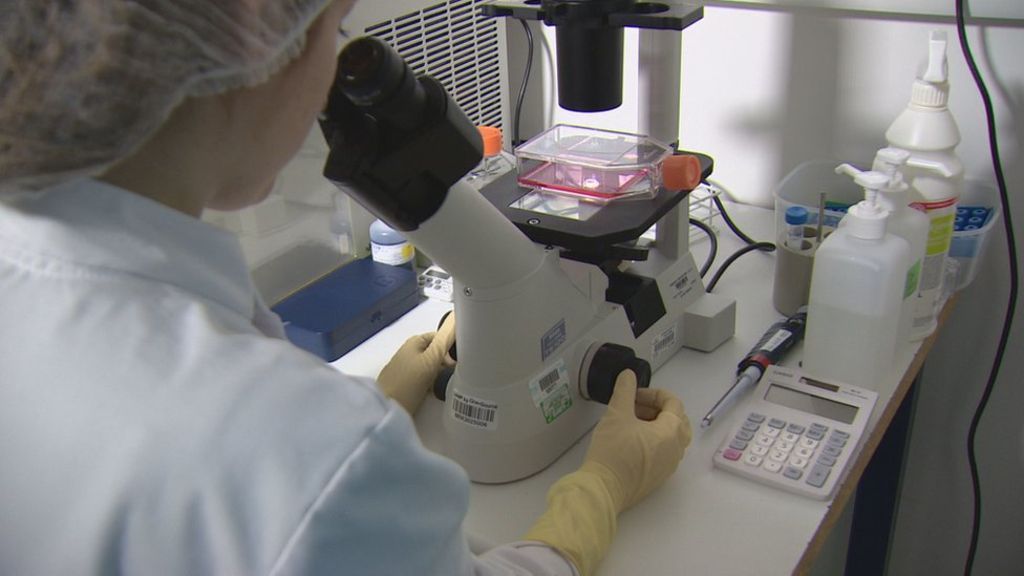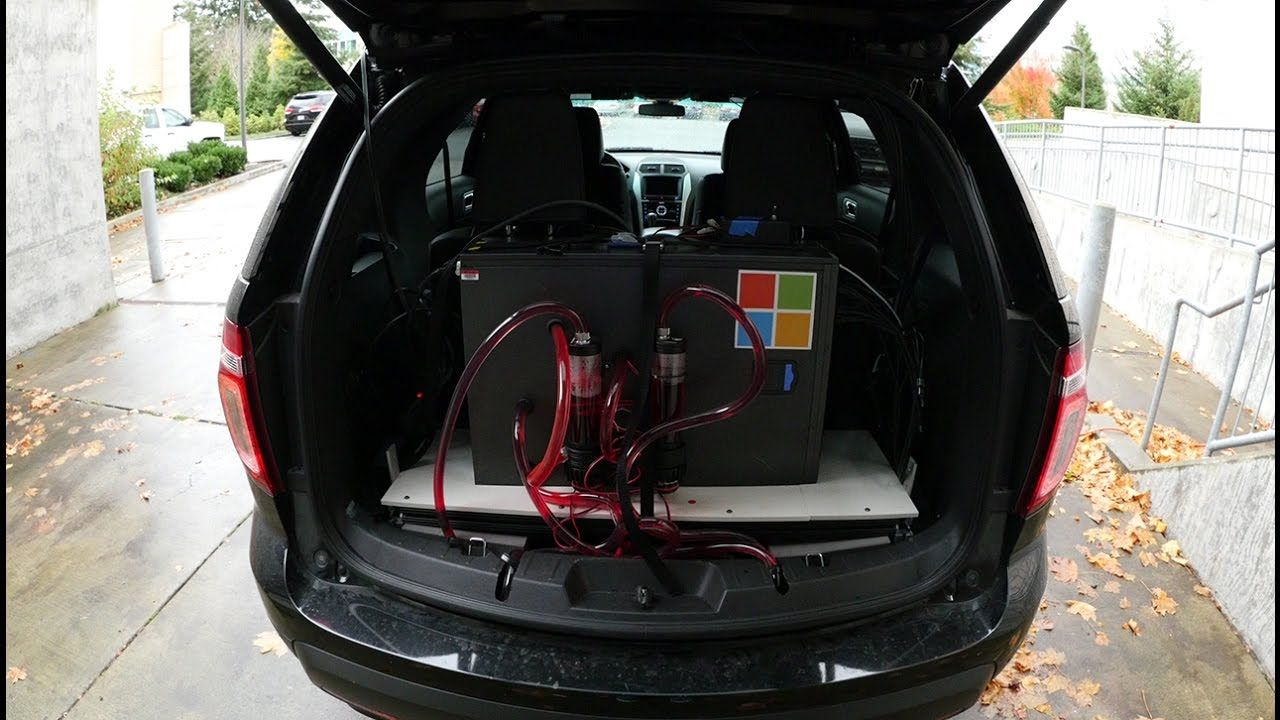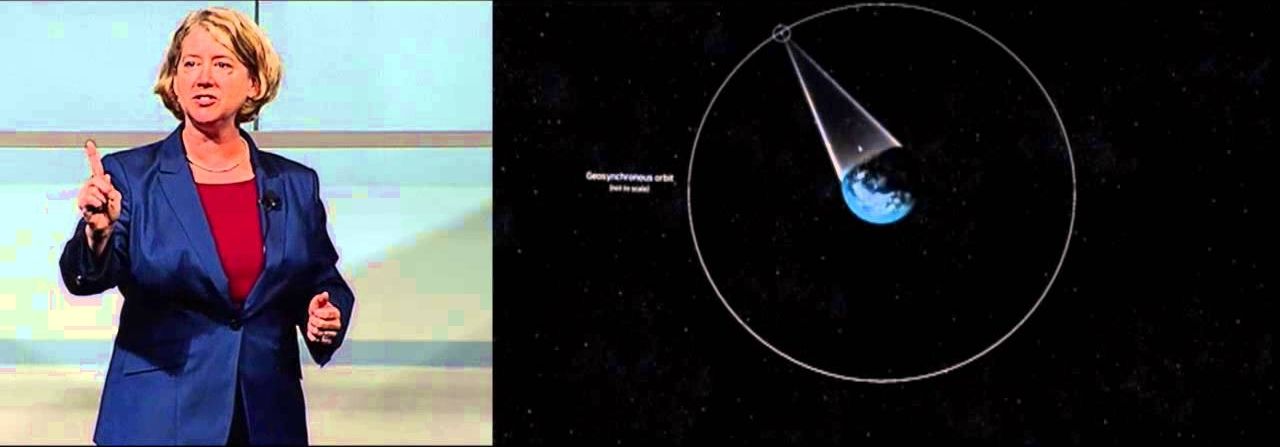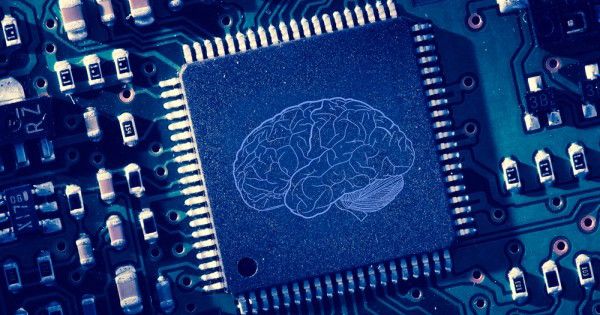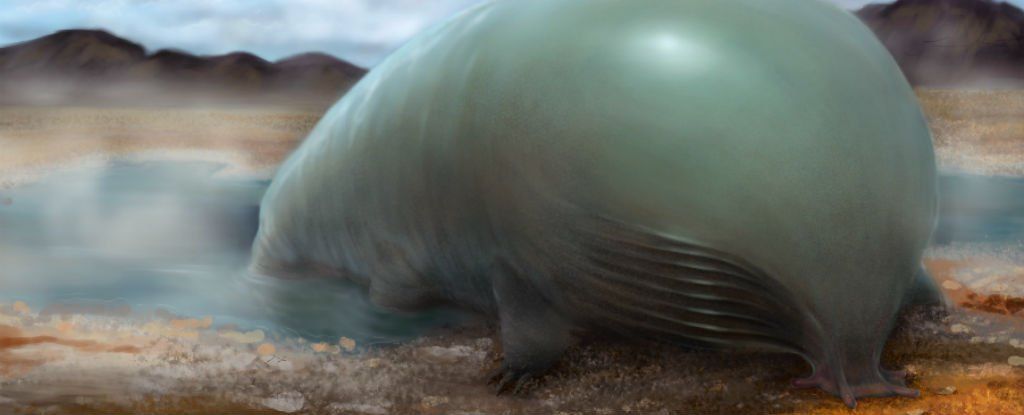
Scientists have managed to coax living cells into making carbon-silicon bonds, demonstrating for the first time that nature can incorporate silicon — one of the most abundant elements on Earth — into the building blocks of life.
While chemists have achieved carbon-silicon bonds before — they’re found in everything from paints and semiconductors to computer and TV screens — they’ve so far never been found in nature, and these new cells could help us understand more about the possibility of silicon-based life elsewhere in the Universe.
After oxygen, silicon is the second most abundant element in Earth’s crust, and yet it has nothing to do with biological life.
Read more

